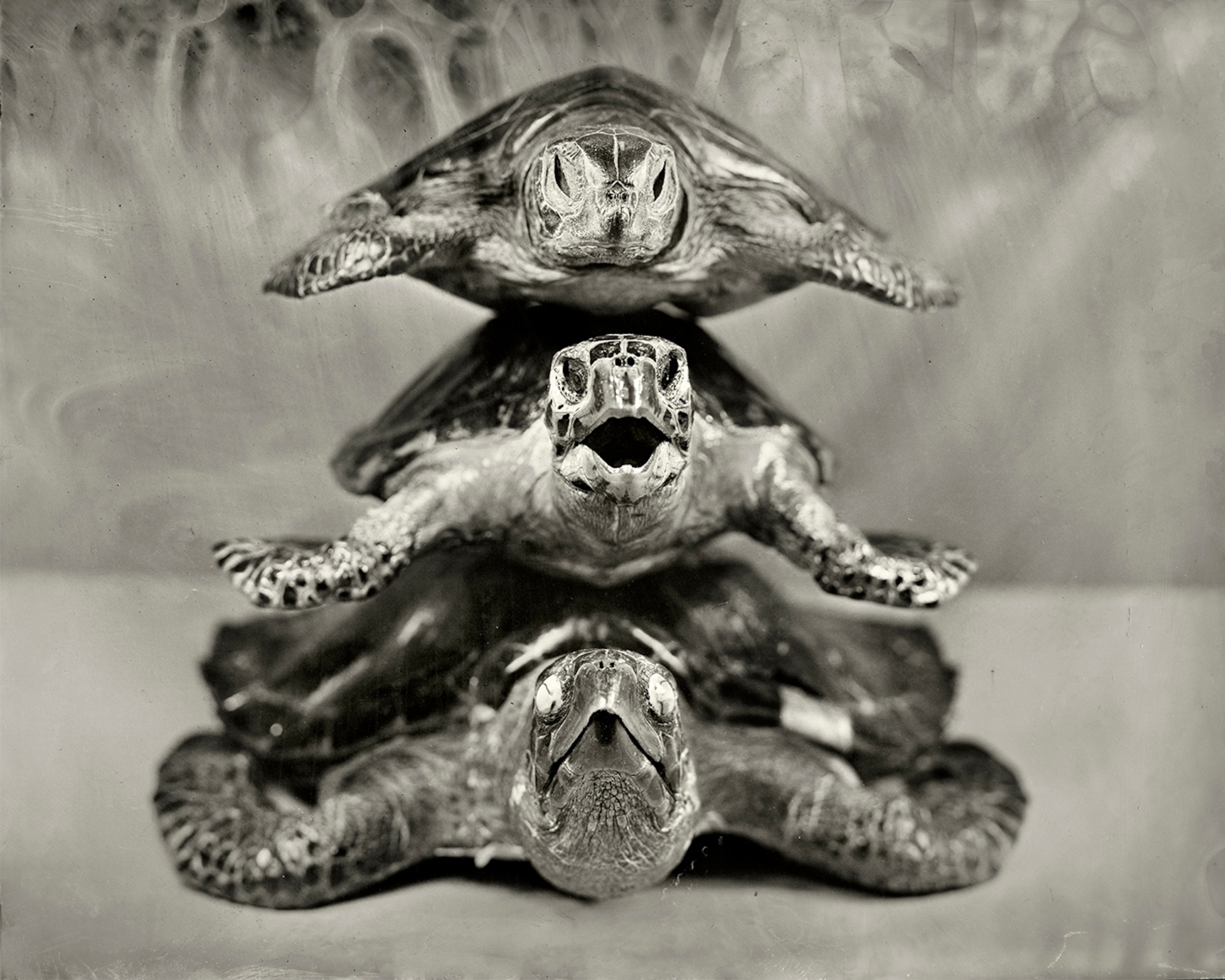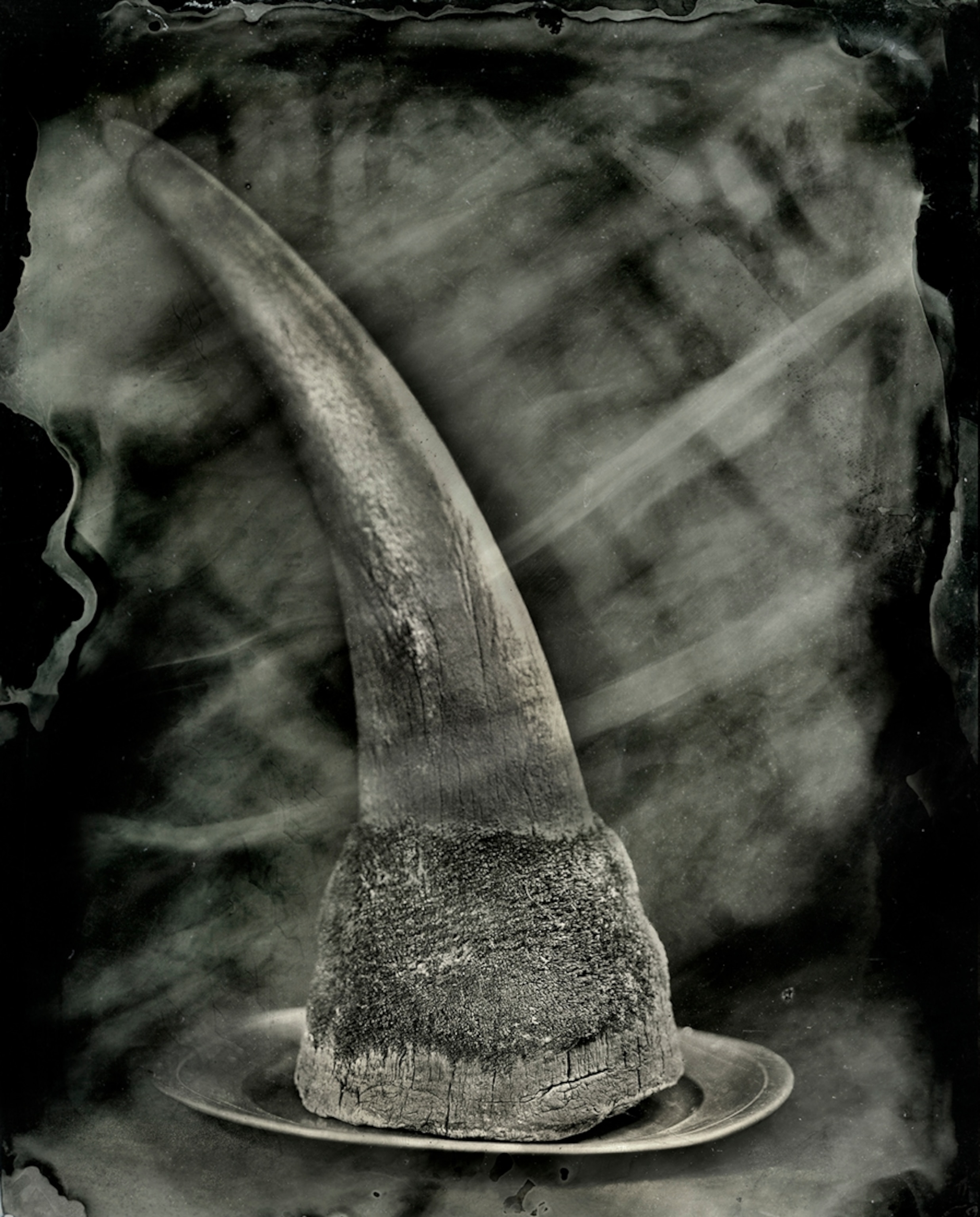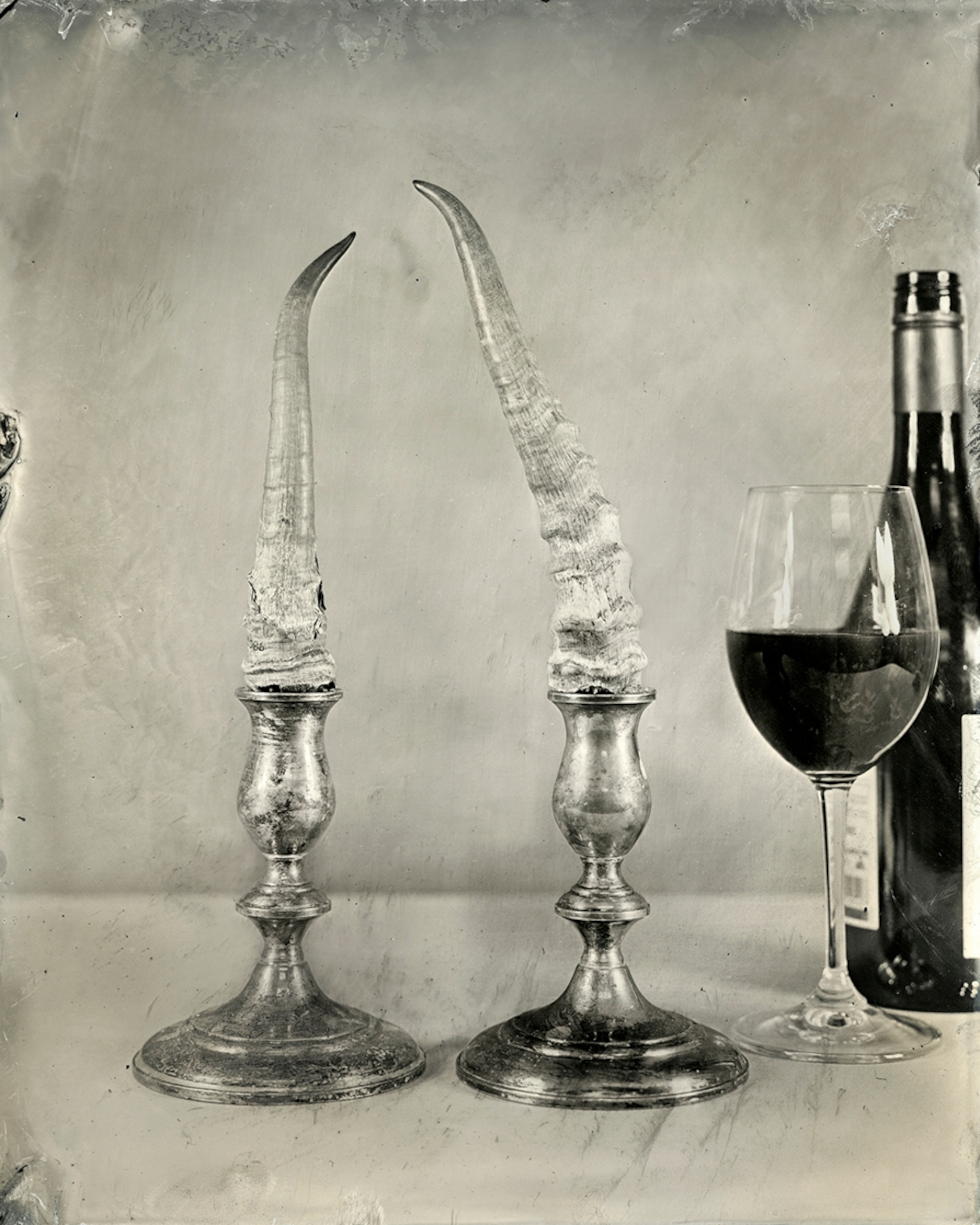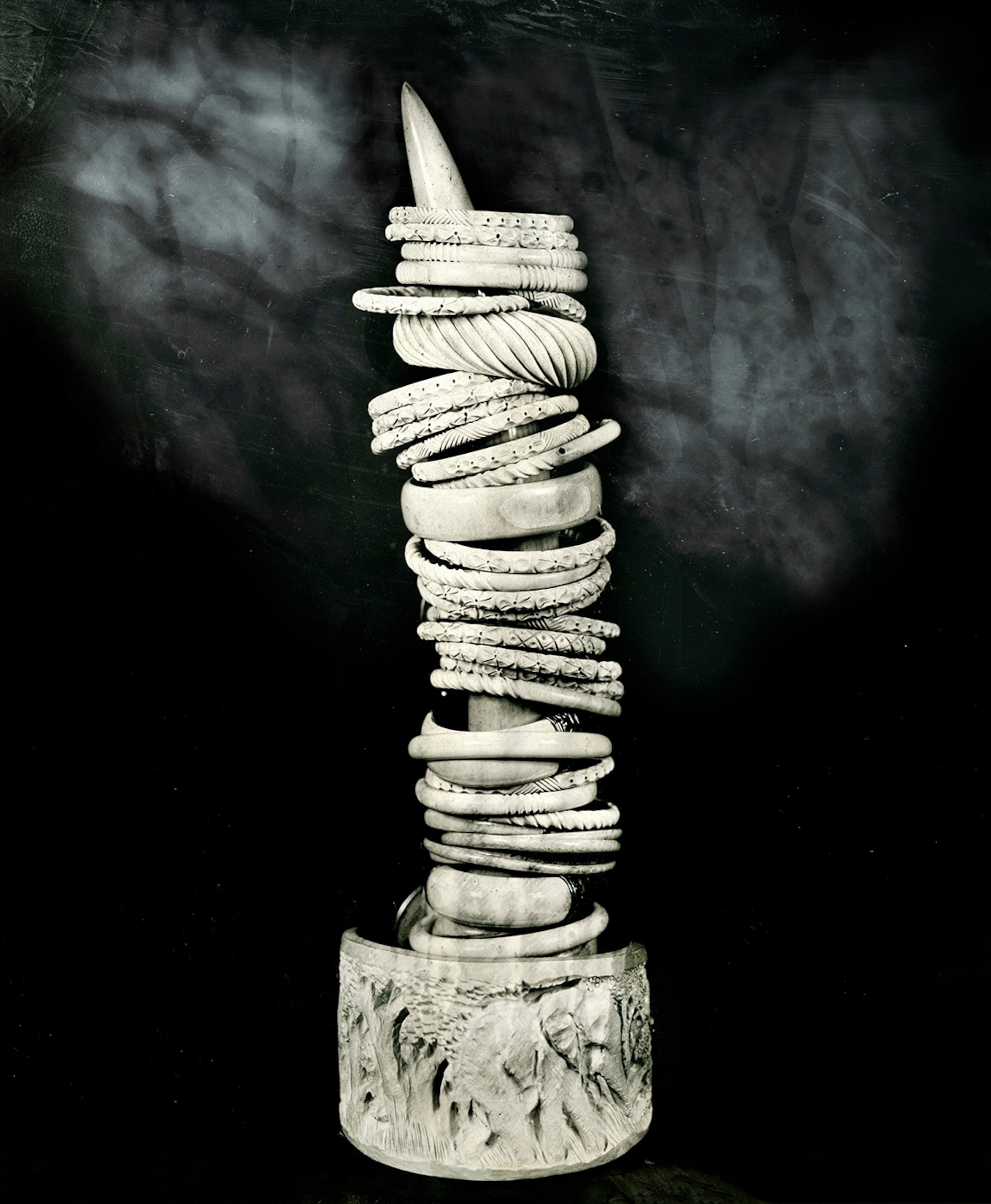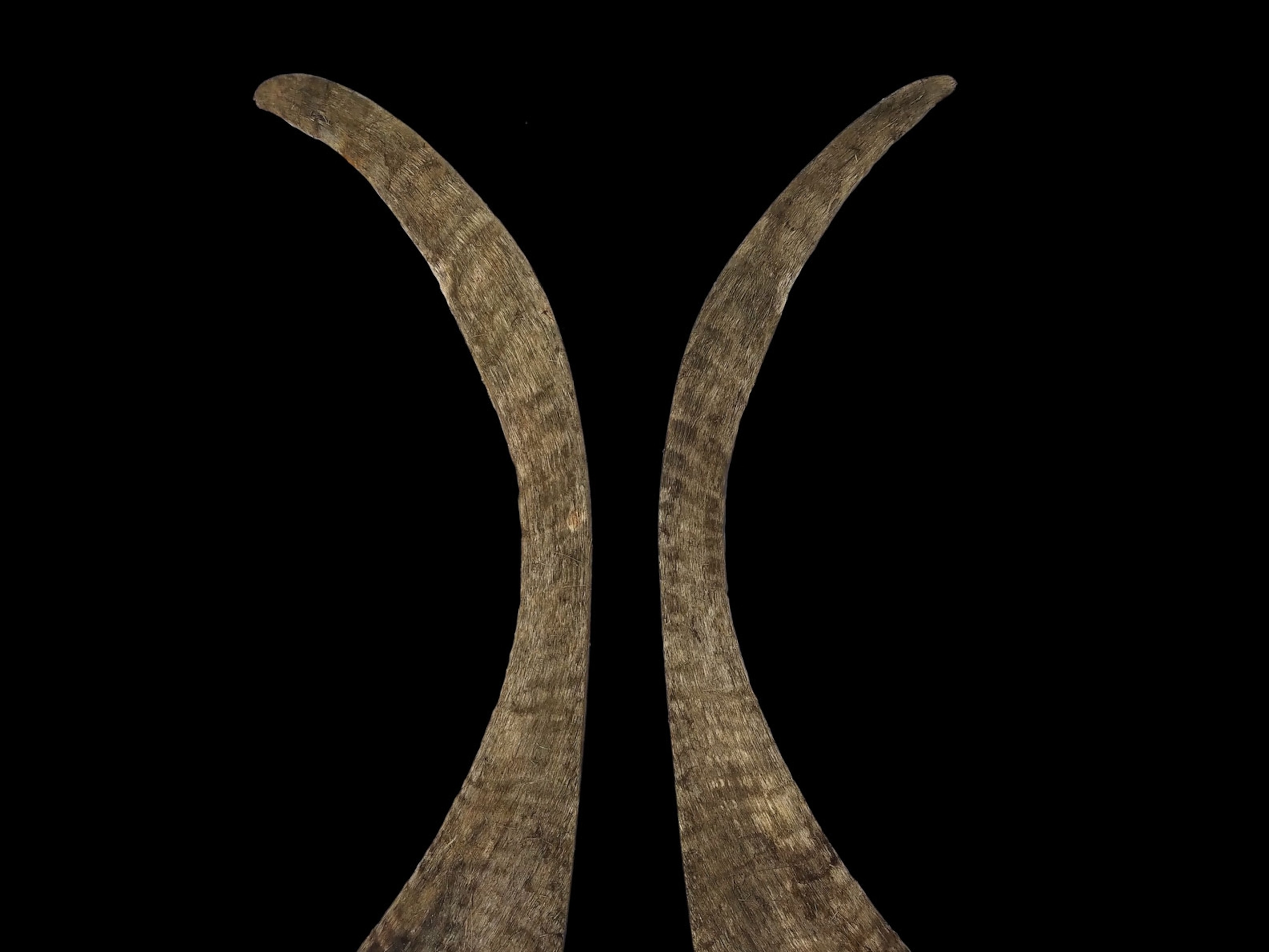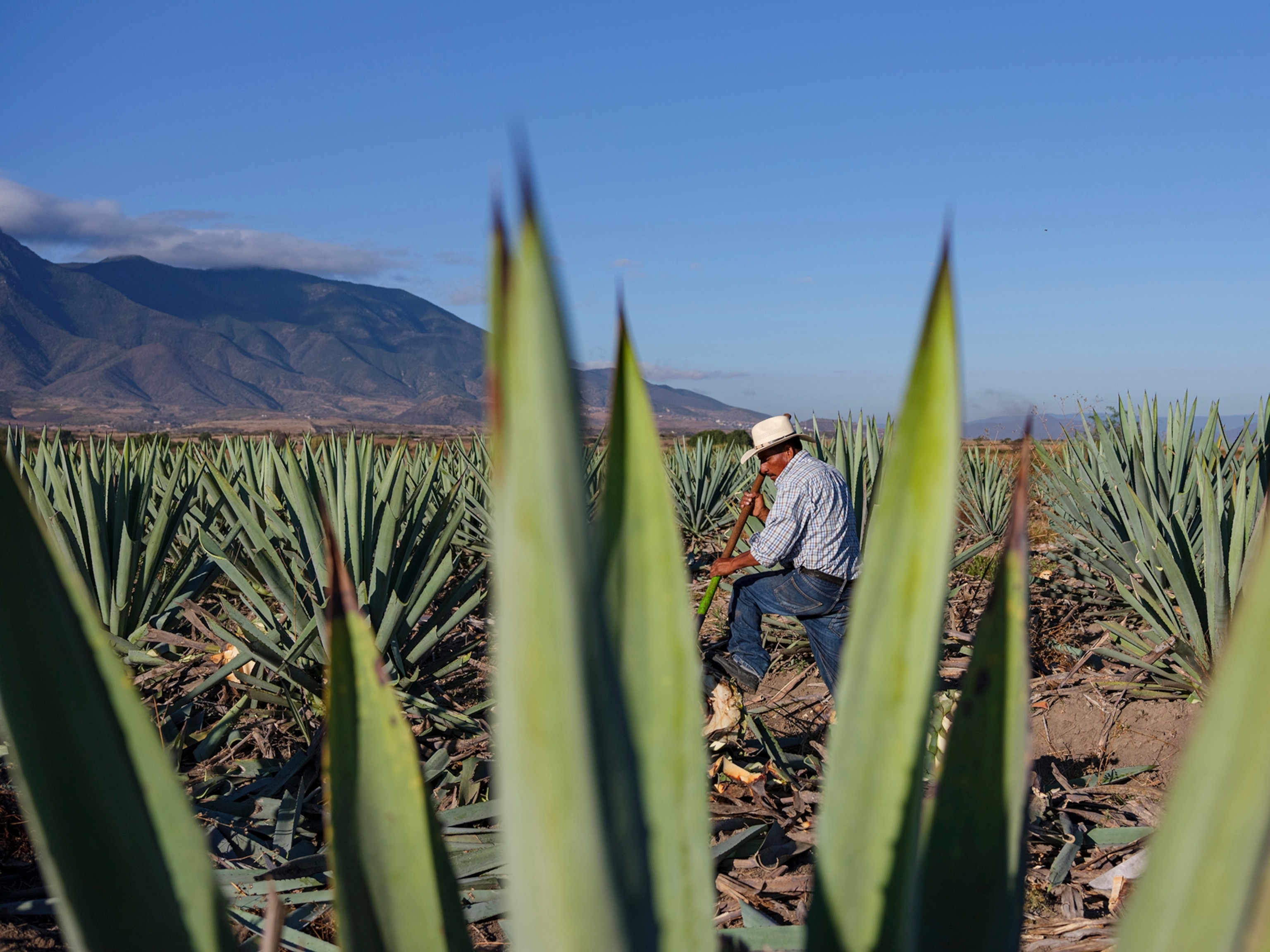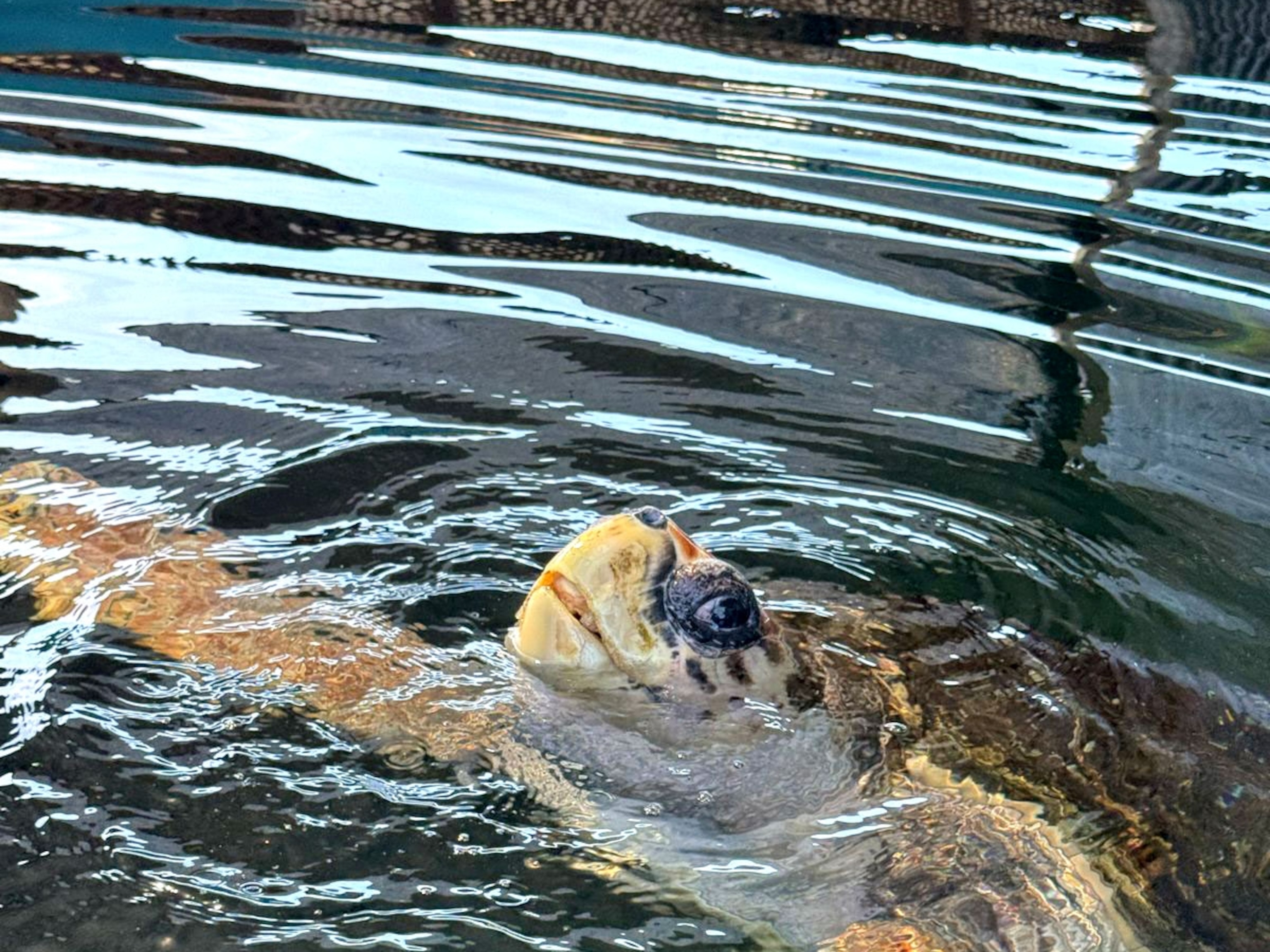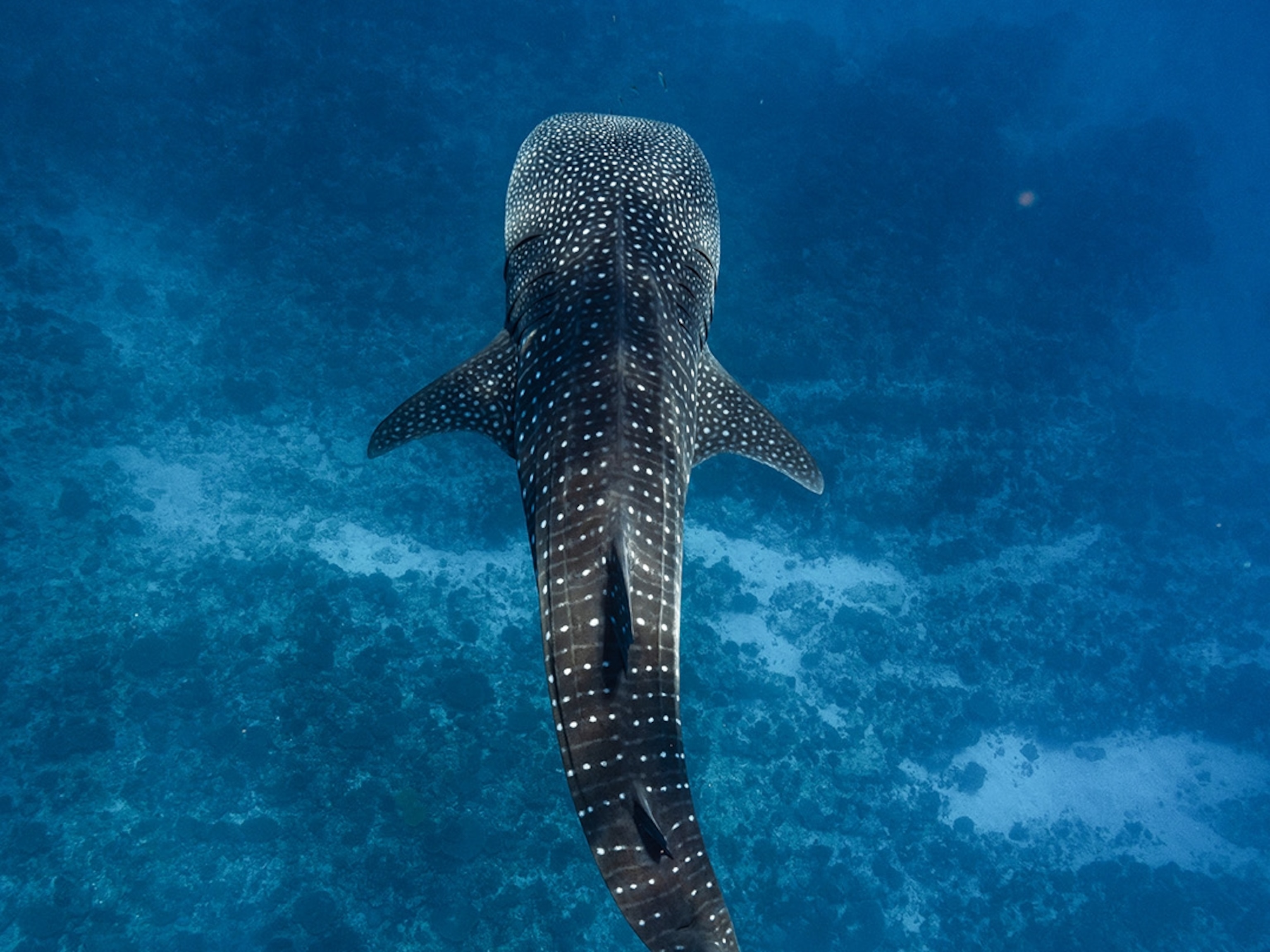In a locked room in the basement of a building in a secret location in Canada, the government stores the thousands of illegal wildlife items its law enforcement has seized at the border. Photographer Christine Fitzgerald, who was given special permission to visit, was struck by the magnitude of it all. She saw specimens ranging from zebra hooves, rhino horns, and bear claws to ivory carvings, bird feathers, and more.
“It really sinks in how horrific this problem is—the illegal trade of wildlife,” she says. “There isn’t a country that’s immune to this problem.”
While many people associate wildlife trafficking with Africa and China, Canada and the United States are also big consumers—and suppliers. Nearly 50,000 illegal shipments of wildlife and wildlife products were seized coming in and leaving at U.S. ports of entry between 2005 and 2014, according to the conservation organization Defenders of Wildlife. And the U.S. Fish and Wildlife Service pursues more than 10,000 investigations into wildlife crime annually, according to the San Diego Union-Tribune. Canada seizes an average of 330 illegal wildlife shipments a year, many involving live animals, the CBC reported, and more than 4,000 animals and animal parts have been seized in Canada since 2011.
Canada’s Wildlife Enforcement Directorate gave Fitzgerald special permission to view some of these confiscated wildlife items. She holed up for several days in winter and spring 2018 in the building’s basement, where she spent hours sifting through cases and taking photographs. She even developed her photos there, setting up a makeshift darkroom in an ice fishing tent.
“I wanted to create these traditional still-life images that would capture people’s imaginations and, in a way, provide a voice for all these animals,” she says.
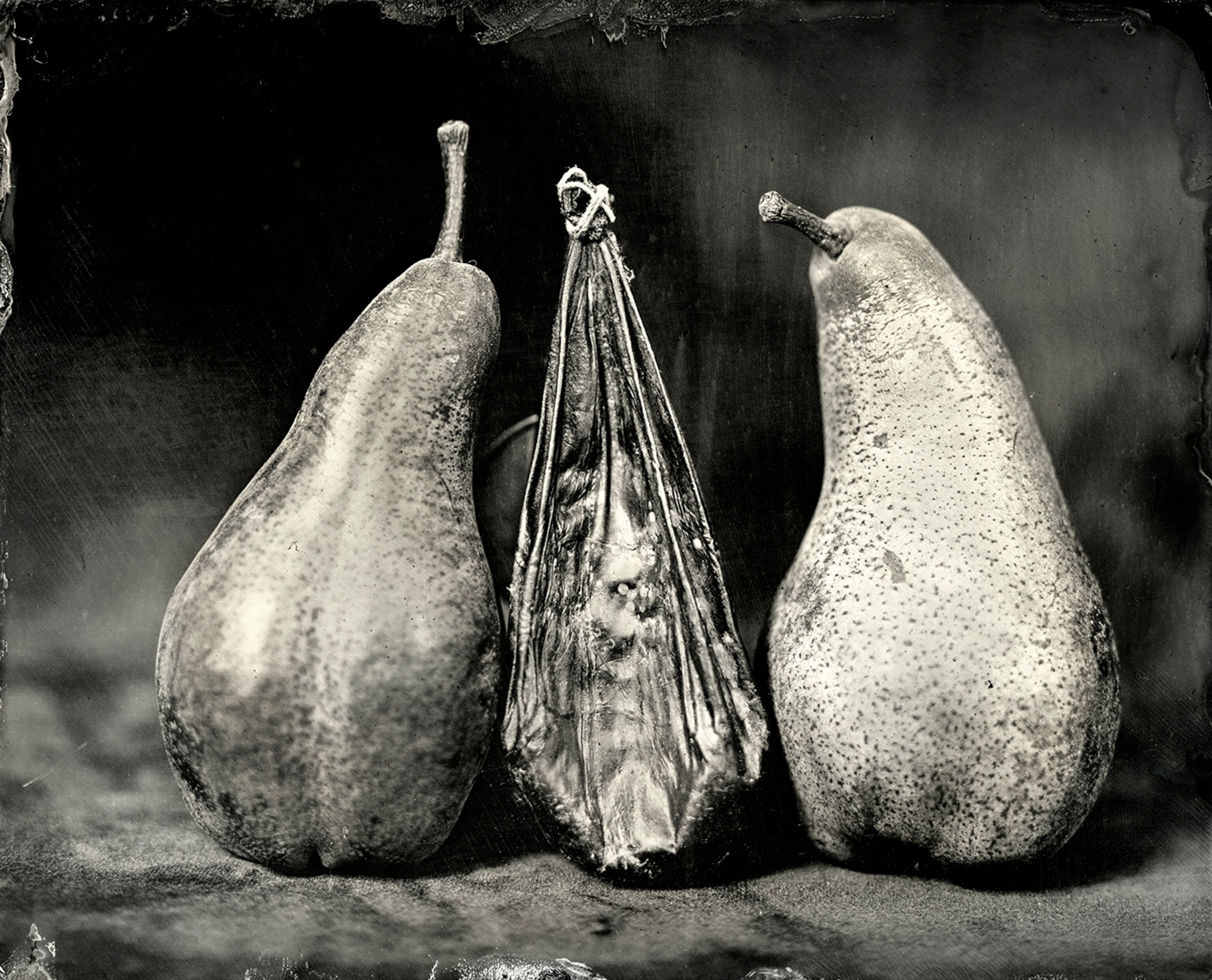
Some of her photos make you do a double take, like the picture of antelope horns in candlesticks or a bear gallbladder between two pears. That’s on purpose—she’s trying to capture your attention.
“I always find that the best images, the best pieces of art, are the ones that make you think for days and days,” she says.
The goal of her project is to shed light on the illegal wildlife trade, which by some estimates is valued between $7 and $23 billion annually.

While much of the photography that focuses on wildlife trafficking is photojournalistic in style, she says she wanted to take a more artistic approach. She used a 1850s-era method called the wet-collodion photographic process, which is what gives the photos their antique look.
“I wanted to transport the viewer to the past, but to capture a contemporary image of a contemporary issue,” Fitzgerald says.
She wanted to take viewers back to the time of colonialism, when it was common for Western travelers to bring back souvenirs like ivory and taxidermy animals from Africa and Asia.
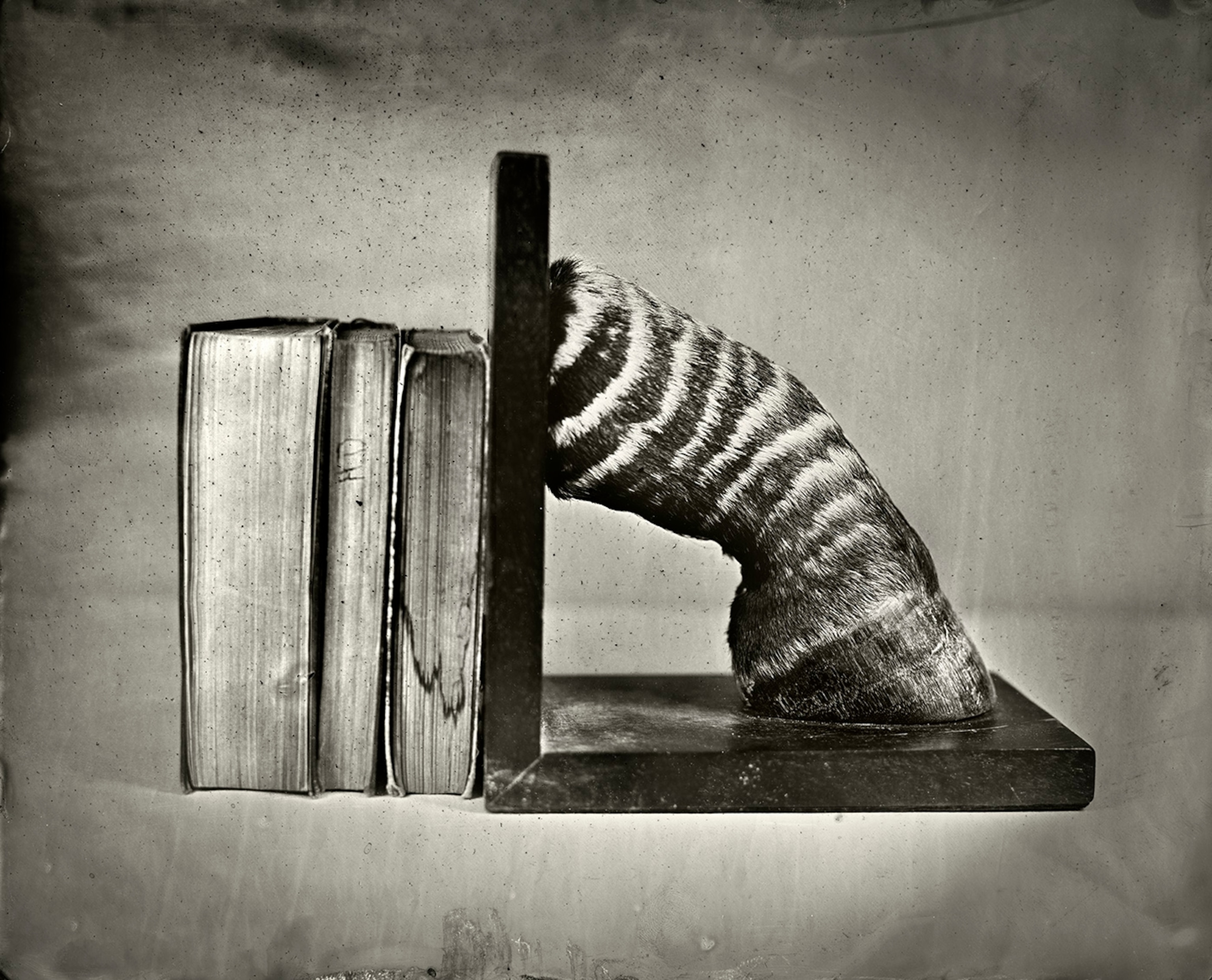
“The beauty of the wet-collodion photographic process is that you get all these unplanned imperfections in the process, and for me these imperfections are a metaphor for the imperfections of humanity,” she says. “The illegal trafficking of wildlife is for greed. It’s because of ignorance. It’s because of indifference. These are all imperfections of humanity.”
